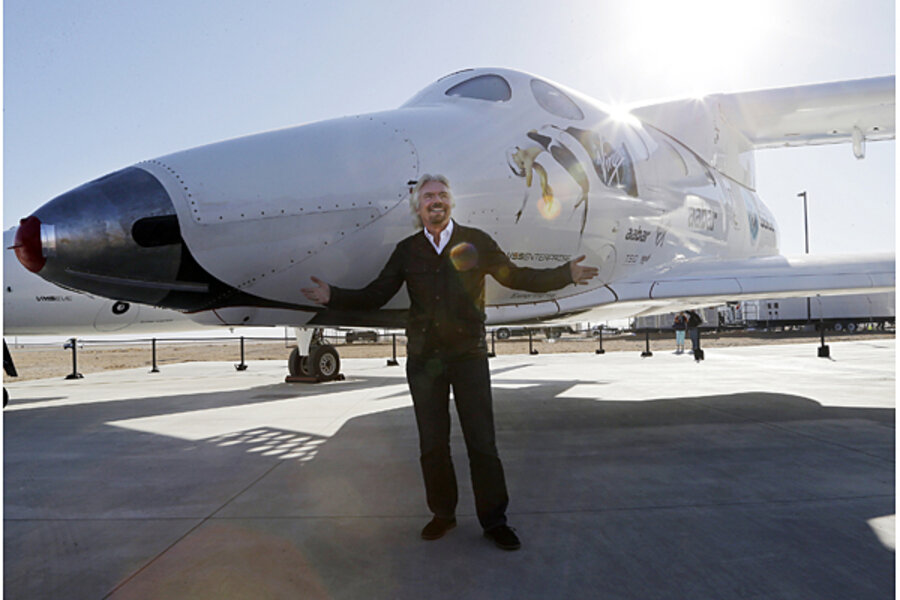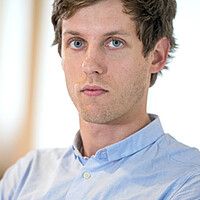After crash, Virgin Galactic continues quest for space tourism
Loading...
It has been two weeks since a Virgin Galactic SpaceShipTwo crashed in the Mojave Desert. The crash was a big strike against the company that is trying to create a commercial private space industry.
Virgin Galactic CEO George Whitesides told a crowd Thursday that the company will continue pursuing its mission to take tourists to space. He made the comments while speaking in Culver City, Calif., to a panel organized by the Rand Corporation.
“We have a new spaceship that’s going to be ready in a few months,” Mr. Whitesides said, according to The Los Angeles Times. “So we’re going to make sure we get that one as safe as we can and keep going.”
On Oct. 31, a SpaceShipTwo crashed during a test flight, killing one pilot and injuring another. The debris from the flight was strewn across 35 miles of the Mojave Desert. Whitesides said that was "a tragic day."
“There’s a reason why test pilots are respected as some of the most brave members of our society,” he said. “They are putting themselves in harm’s way to make vehicles better for the rest of us, safer for the rest of us.”
Virgin Galactic is the brainchild of British billionaire Richard Branson. He is planning to take tourists to space for $250,000 a piece. After the crash, there have been growing concerns about the companies safety practices. Twenty of the 700 people who have already paid for the trip have asked for a refund after the crash.
On Nov. 7, Peter Siebold, the pilot who survived the crash, told the National Transportation Safety Board what happened shortly before the crash. He said the ship began to break apart 50,000 feet in the air, according to Engadget. He unbuckled from his seat and a parachute automatically deployed. An investigation by the NTSB found that the SpaceShipTwo's feather re-entry system was a possible cause of the crash. The other pilot, Michael Alsbury, unlocked the system earlier than intended. The NTSB said it could be another year before the final conclusion about what caused the crash is known.
The SpaceShipTwo had only conducted a few dozen test flights. And the fatal flight was only the fourth time that the rocket engines fired. The ship was also using new fuel, which engineers thought would give the engines more thrust.
“We make sure the engineers are in charge and that’s what we’ve done from day one,” Whitesides told The LA Times. “The fact that the program has taken longer is a sign we are listening to the engineers. I find it ironic that people say we are rushing when the program has taken 10 years.”
Even with the risk, Whitesides said there are great things happening with private space flight ventures.
“There’s so many exciting things happening now in the world of space," he said. "There’s risk but there’s great reward. ... So I think being unafraid to try new things is important as we move forward.”






